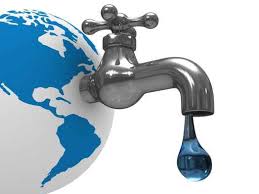 This story originally appeared in Home Energy magazine.
This story originally appeared in Home Energy magazine.
Despite some recent El Niño storms, water conservation will continue to be a hot button issue for us here in California. What can smart home builders do to make a dent? Embrace new technologies and thoughtful design.
Low-flow showerheads and toilets, which have long been championed by government agencies, are useful tools, but they don’t address the home as a system. In order to make real progress on water conservation, we have to move away from a piecemeal way of thinking about residential water use to a systemic approach that not only conserves water but recognizes the connection between water and energy use. Builders and developers are in a position to affect change by designing water- and energy-efficient systems right into their home designs.
The bathroom has an especially big impact on a home’s water and energy use: Showering alone is responsible for almost 17 percent of a home’s water use, according to EPA estimates. A poorly designed water distribution system wastes a surprising amount of water (as much as six gallons daily) just waiting for the heat to arrive. What’s more, the amount of wasted hot water—water that’s heated but not used or used after it’s cooled off—has been calculated to be nearly 11 gallons per day.
Here are five accessible technologies you can incorporate into a home’s water system in the design stage with a plumber, without necessarily spending more on the project. Incorporating any of these systems into your home design will not only become increasingly important environmentally but they will result in greater cost savings (and recognition) as new energy calculators are developed to take these technologies into consideration.
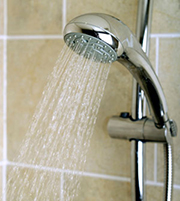 WaterSense Shower Heads
WaterSense Shower Heads
Customers sometimes complain about low-flow shower head performance, but the new generation of WaterSense labelled shower heads address these issues admirably. Integrated flow regulators allow the shower head to maintain the same flow rate over a variety of water pressures – all but eliminating temperature fluctuations and pressure issues. The best shower head designs deliver nearly identical flow rates within the typical pressure range of 40-80 PSI. In addition, the compensation valve and shower should match to reduce scalding. According to the Environmental Protection Agency (EPA), the average family could save 2,900 gallons per year by installing WaterSense labeled showerheads.
 Thermostatic Shut-Off Valve
Thermostatic Shut-Off Valve
This shut-off valve, which may be integrated or installed behind the shower head, lets cold water flow when the shower is first turned on, then slow to a trickle when hot water (> 95 degrees) arrives. You’ll know the shower’s hot when water stops flowing; just pull a cord to turn the flow back on.
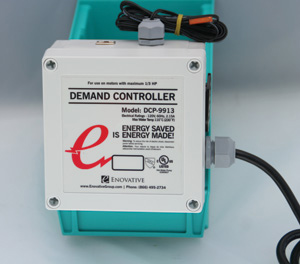 Recirculating Control System
A simple device that sits under the sink at the water outlet furthest from the water heater cuts down on cold water use before hot water even arrives — and gets hot water to you faster. Turn it on, and the device sends the cool water that’s sitting in your pipes to the water heater. The pump turns off when the water heats up and makes it available to you at the tap or shower.
Recirculating Control System
A simple device that sits under the sink at the water outlet furthest from the water heater cuts down on cold water use before hot water even arrives — and gets hot water to you faster. Turn it on, and the device sends the cool water that’s sitting in your pipes to the water heater. The pump turns off when the water heats up and makes it available to you at the tap or shower. 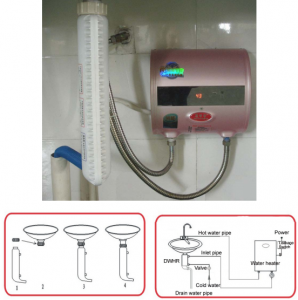 Drain Water Heat Recovery System
Drain Water Heat Recovery System
The U.S. Department of Energy estimates that 80 to 90 percent of the heat energy that a water heater adds to water goes down the drain. That energy, which could be used to reheat more water for use in the shower, dishwasher or washer, can be captured through a drain water heat recovery system installed in the drain itself. Some of the heat from the departing water is transferred to cold water through a conductive copper coil that preheats water before sending it to the water heater.
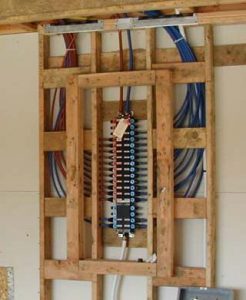 Structured Plumbing
Structured Plumbing
When thoughtfully included in the design process and correctly executed, manifold plumbing systems — control centers for hot and cold water – offer a tidy solution for efficient hot water distribution. Manifold plumbing systems can be centrally located at the water service line entry point. Each water line is dedicated to individual fixtures, saving both energy and water by optimizing hot water distribution. It takes planning, and collaboration with a plumber is critical. But imagine telling your customers that if they buy your home, they’ll never have to wait for hot water again.
Build It Green’s GreenPoint Rated program is in the process of developing a new energy savings calculator that will incorporate water efficiency and drain water recovery (which is also going to be in the California Energy Code, Title 24).
Residential Energy Services Network (RESNET) is in the lead on the national front, so builders will soon see a benefit for incorporating more efficient water systems into their projects. Forward-looking builders and developers can see savings on both the front-end and the back end. A systemic approach to water distribution will reduce water and energy use, eliminate behavioral and structural waste and contribute to the comfort and well-being of a homebuyer by delivering exactly what they need, when they need it.
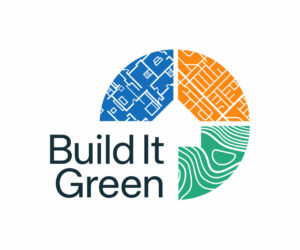

Alex Coba
Communication Associate
As a proud California native from Stockton, Alex brings a wealth of experience and a versatile skill set. He has a solid communication background with a Bachelor of Arts in Journalism and Public Relations from California State University, Chico. Alex is adept at strategic communications and media relations, with experience gathering and sharing stories from his local communities that uplift the unique spirit and values of those places. He is excited to join Build It Green, where he can apply his talents to further BIG’s mission to help communities across California thrive